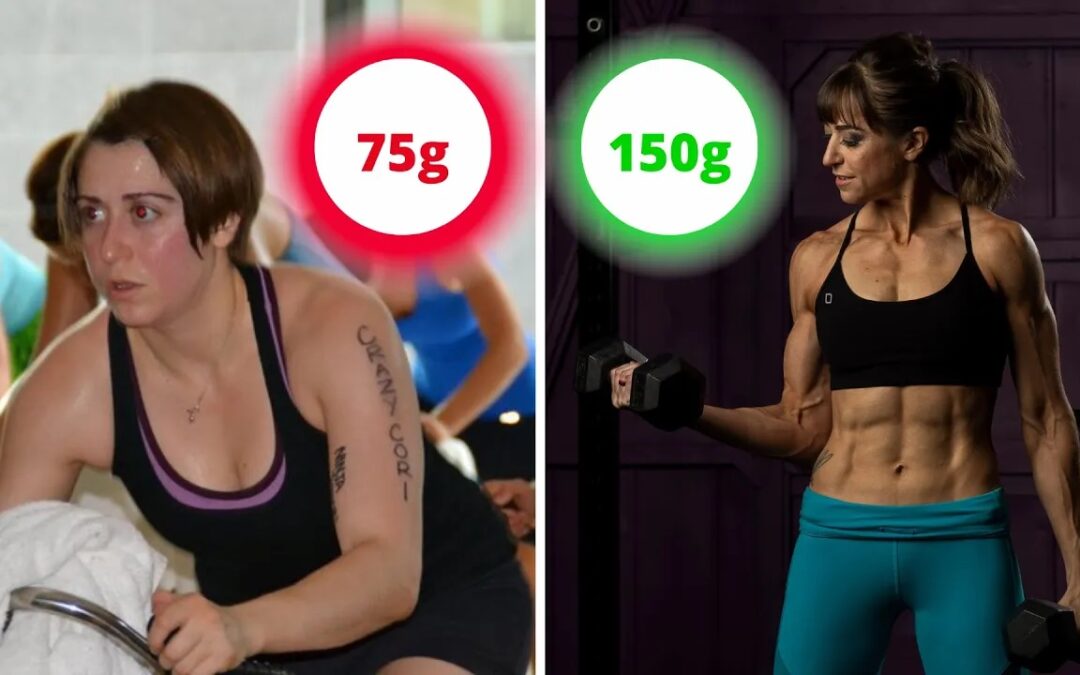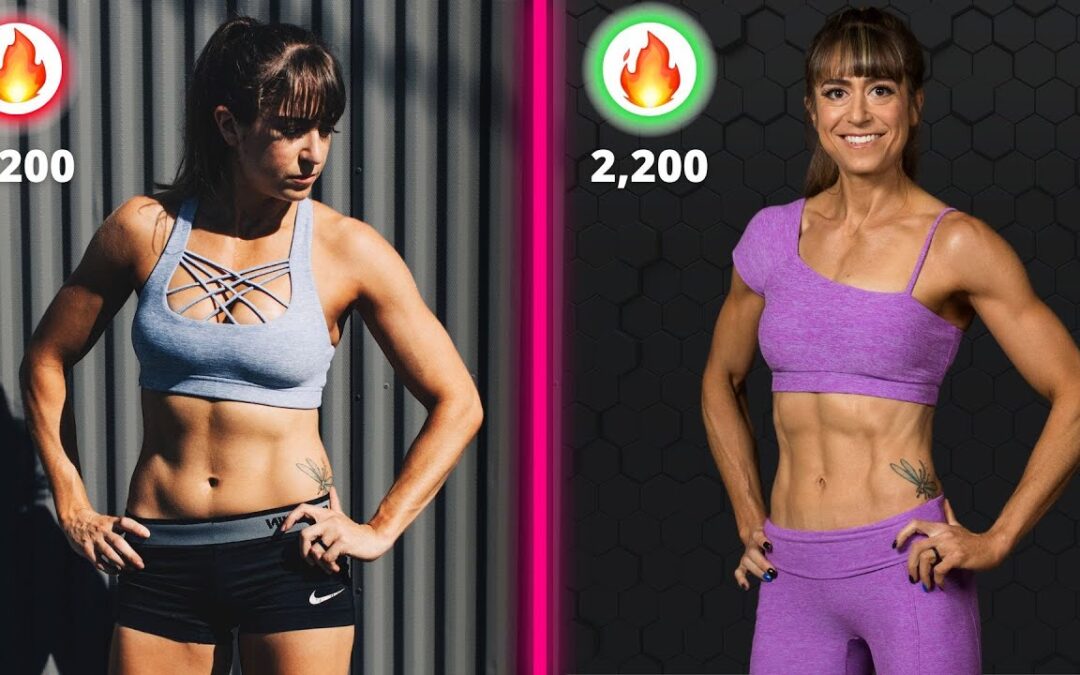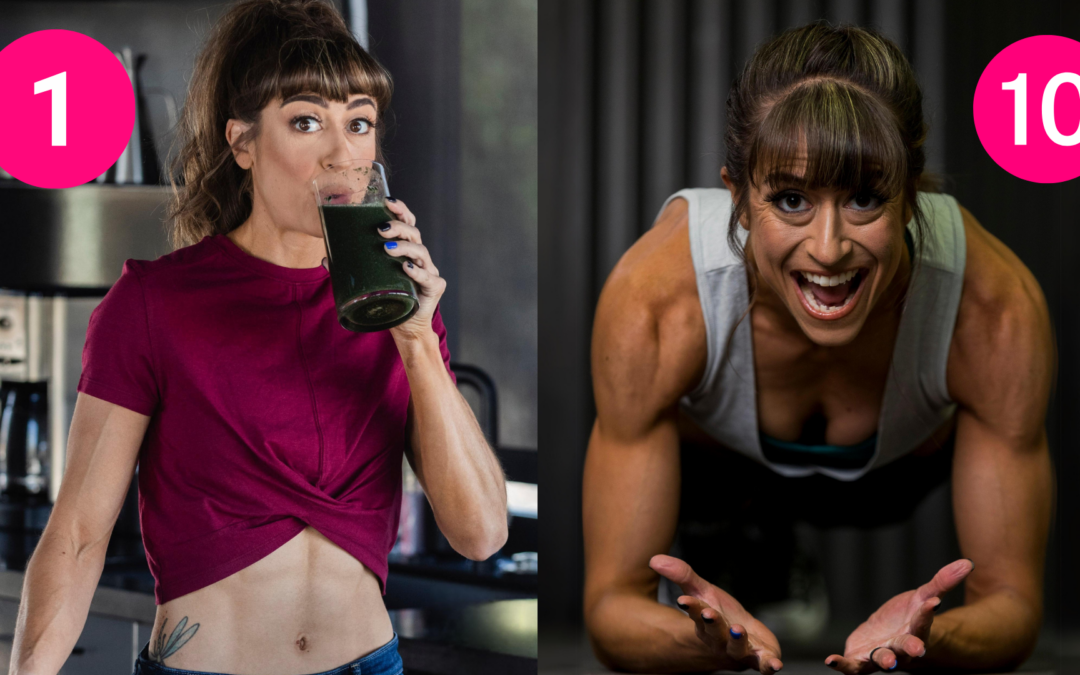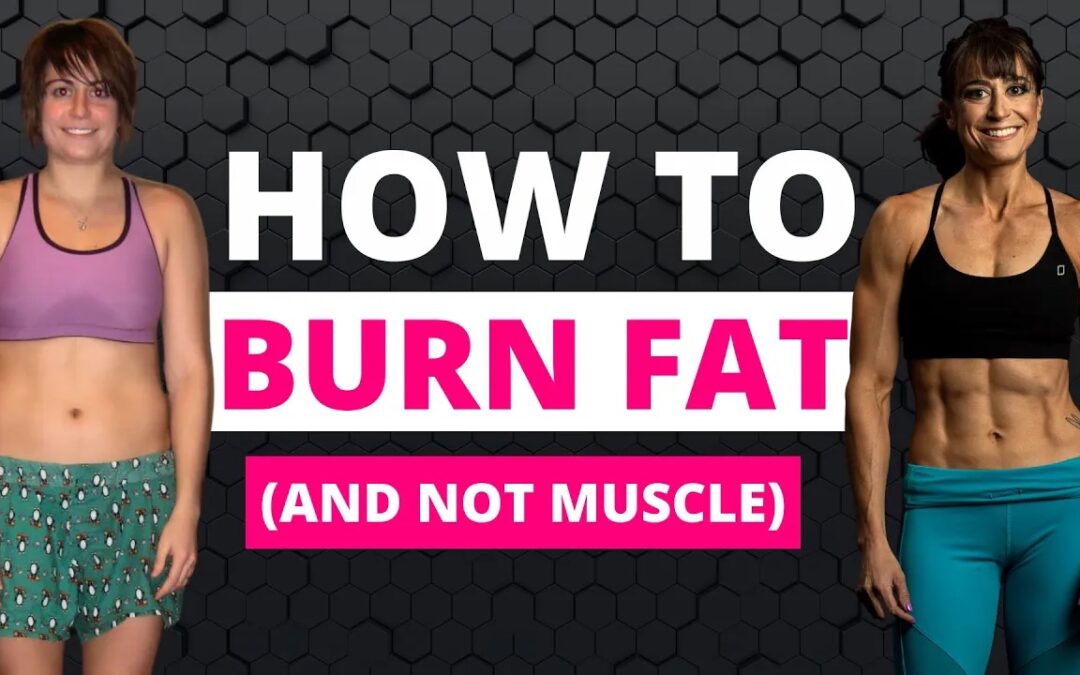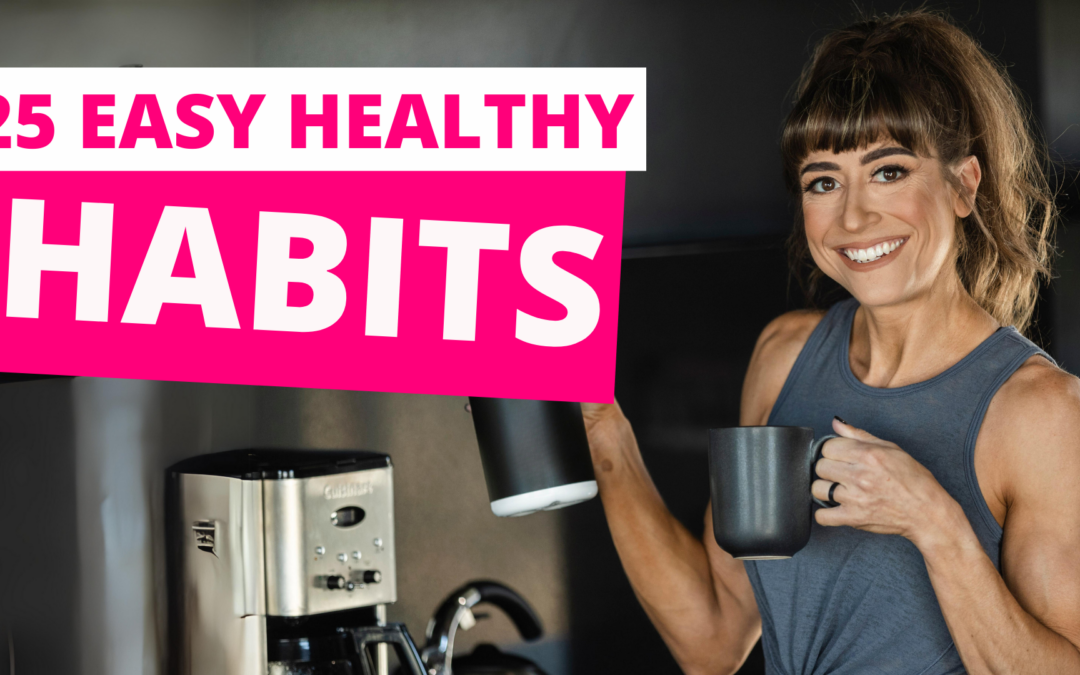
by Cori Lefkowith | Jun 2, 2024 | Blog, Diet
Think protein is just for bodybuilders? Think again. Focus on increasing protein may be even more important if you’re… Female Over the age of 30 Training hard Looking to lose weight Looking to lose fat Looking to gain muscle Looking to stay functionally stronger...

by Cori Lefkowith | May 19, 2024 | Blog, Diet
Ok let’s get one thing straight – you haven’t killed your metabolism. It isn’t broken even. It’s adapted. I want to explain why our metabolism adapts and even strategies you can use to make this work to your advantage. And just to be clear…your age is not an...

by Cori Lefkowith | Apr 21, 2024 | Blog, Diet, Exercises
There is an OVERWHELMING amount of opinions out there about the best ways to lose fat and keep it off. And these different opinions are honestly OPPORTUNITIES for us to create the plan that meets us where we are at – Because one size doesn’t fit all. We just...

by Cori Lefkowith | Apr 7, 2024 | Blog, Diet, Exercises
If you feel lost as to what to do and like your hard work in the gym isn’t showing, I want to help you avoid common body recomp mistakes with 5 tips to dial in your workouts and your diet to help you lose fat NOT muscle! The first key component for fat loss is...

by Cori Lefkowith | Mar 31, 2024 | Blog
1% unsexy habit improvements yield the sexiest and most fabulous results. And often doing just one thing that seems almost too simple can lead to a domino effect that creates better and faster results. If we can start with just one simple daily habit, we can often...
